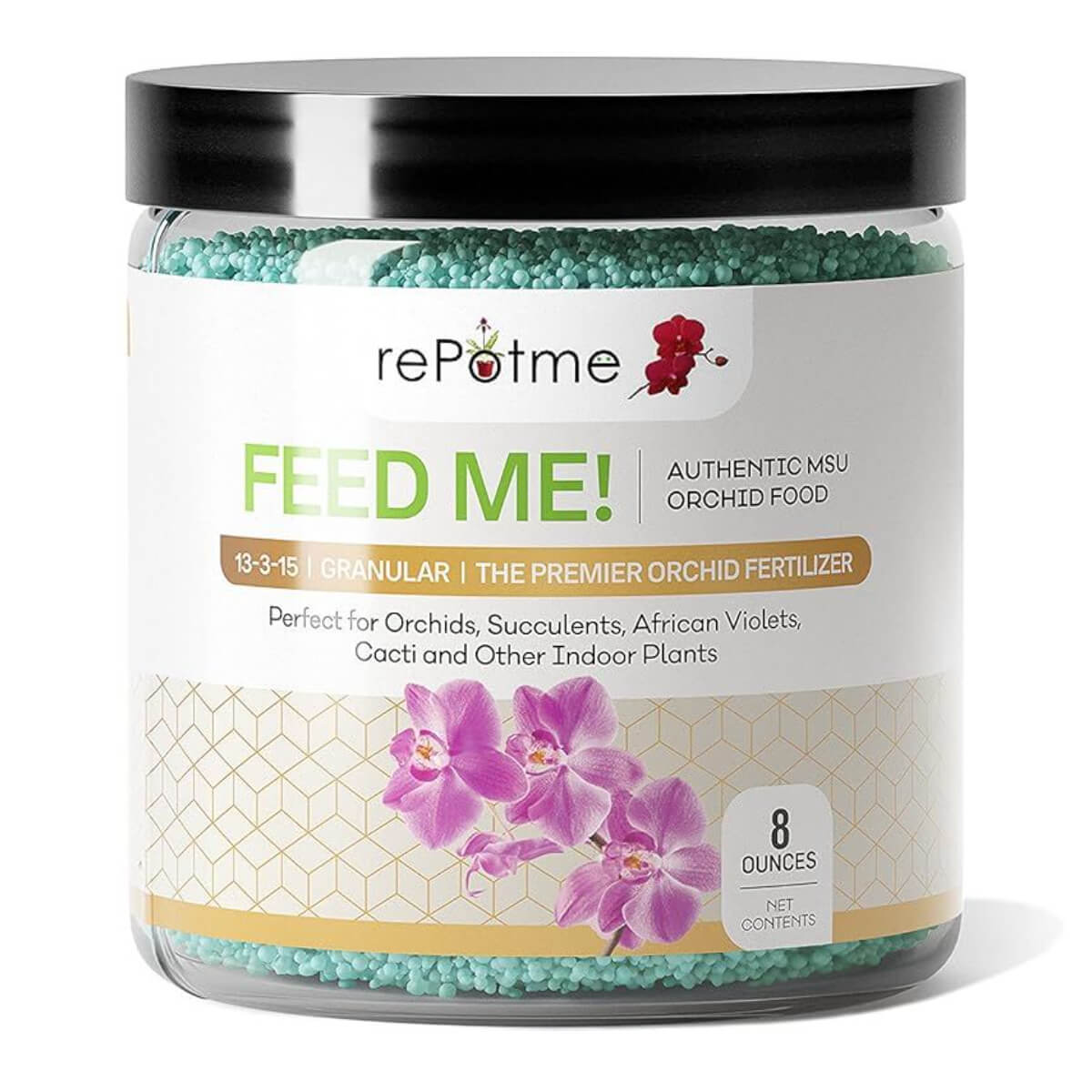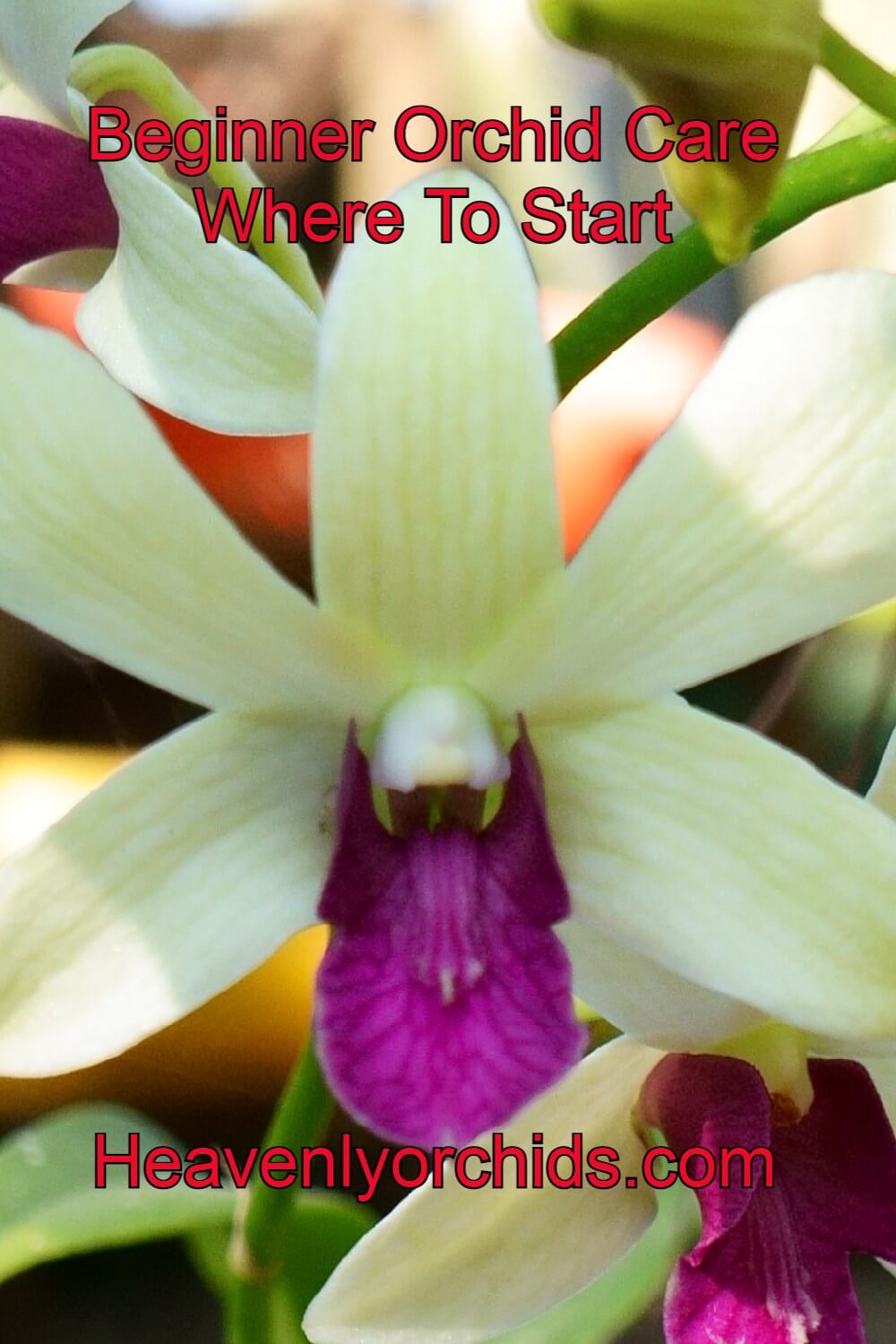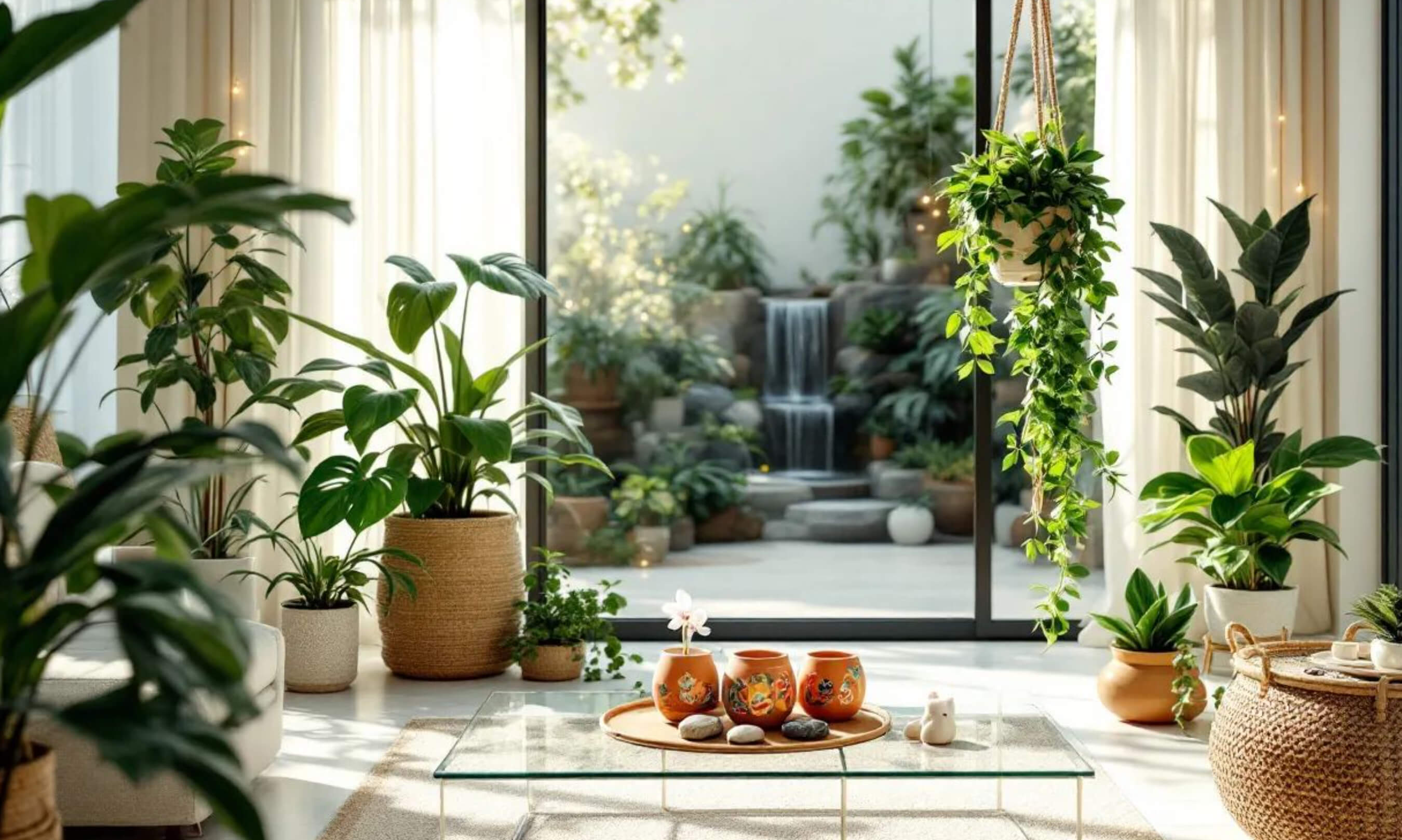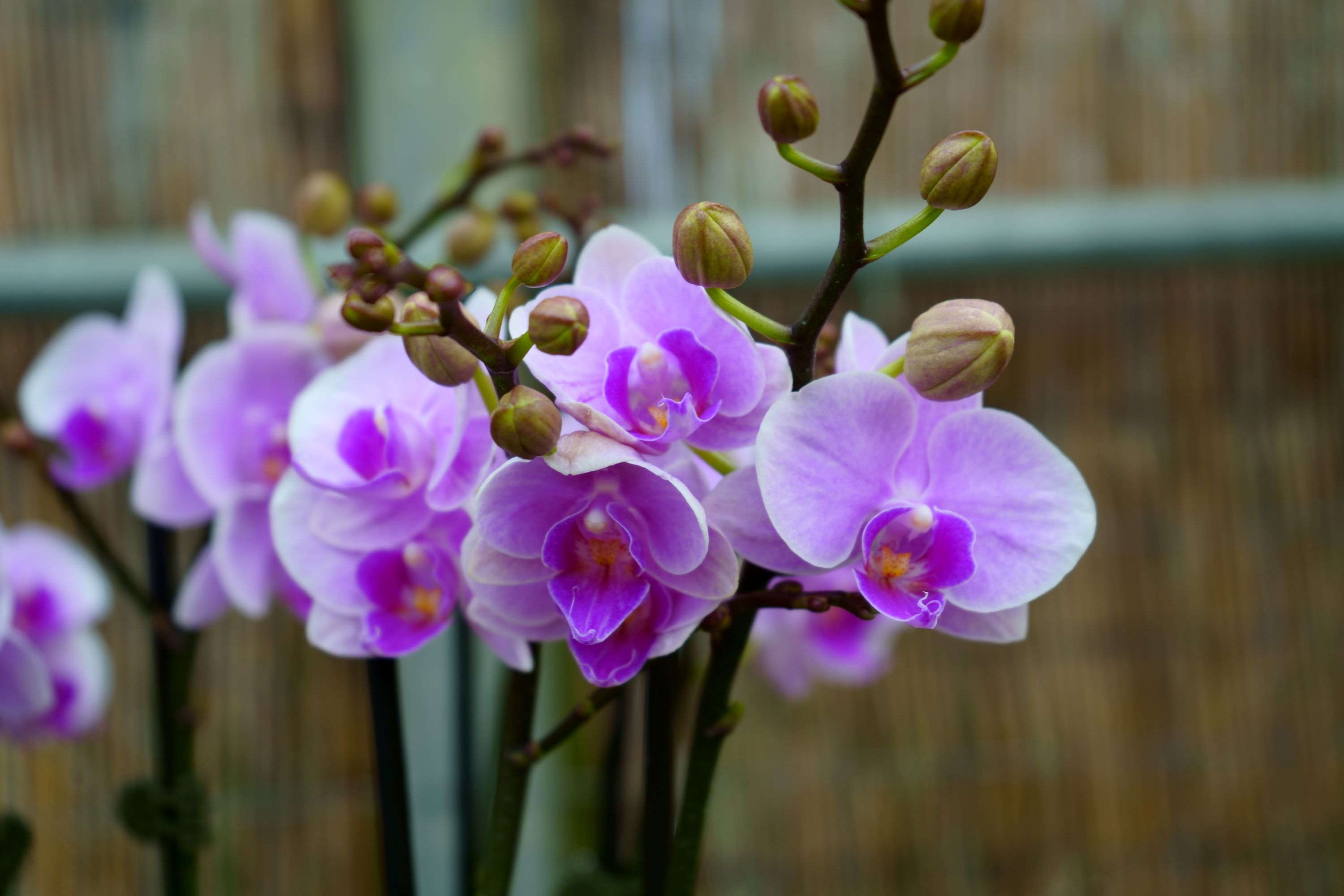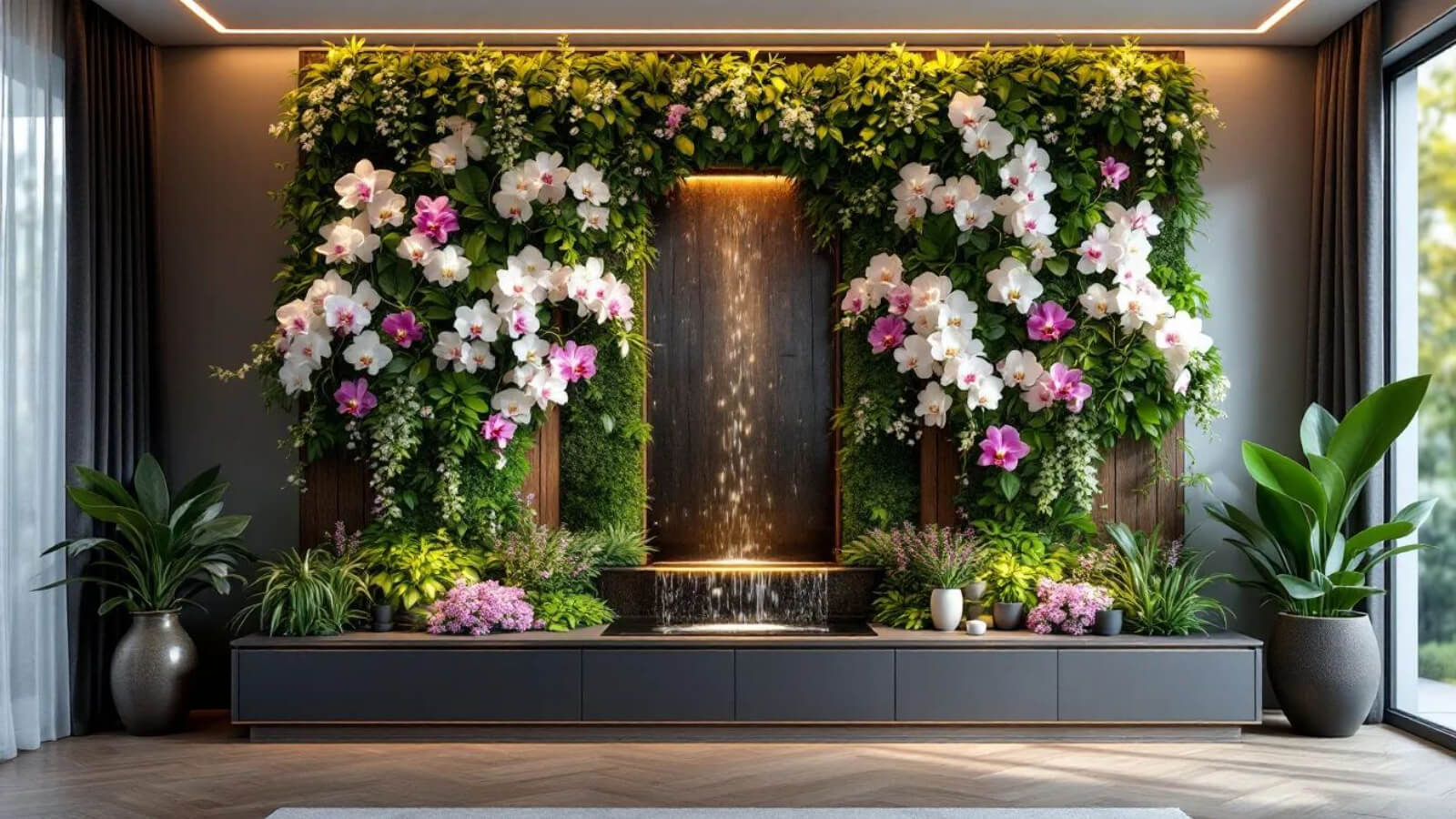Beginner Orchid Care: A Complete Guide for New Growers
Welcome to HeavenlyOrchid's beginner orchid care page! If you're new to orchid growing, you're in the right place. Orchids are known for their stunning, long-lasting blooms that can transform any space into a tropical paradise. The dazzling array of gorgeous flowers in the orchid family are enchanting, mesmerizing, and captivating. Once considered a luxury for the wealthy, orchids are now accessible to everyone, available at grocery stores, garden centers, and even local farmer's markets. Here at heavenlyorchids.com, we’re passionate about helping you succeed in growing these enchanting plants. Let’s dive into the essentials of beginner orchid care and set you on the path to becoming a confident orchid grower.
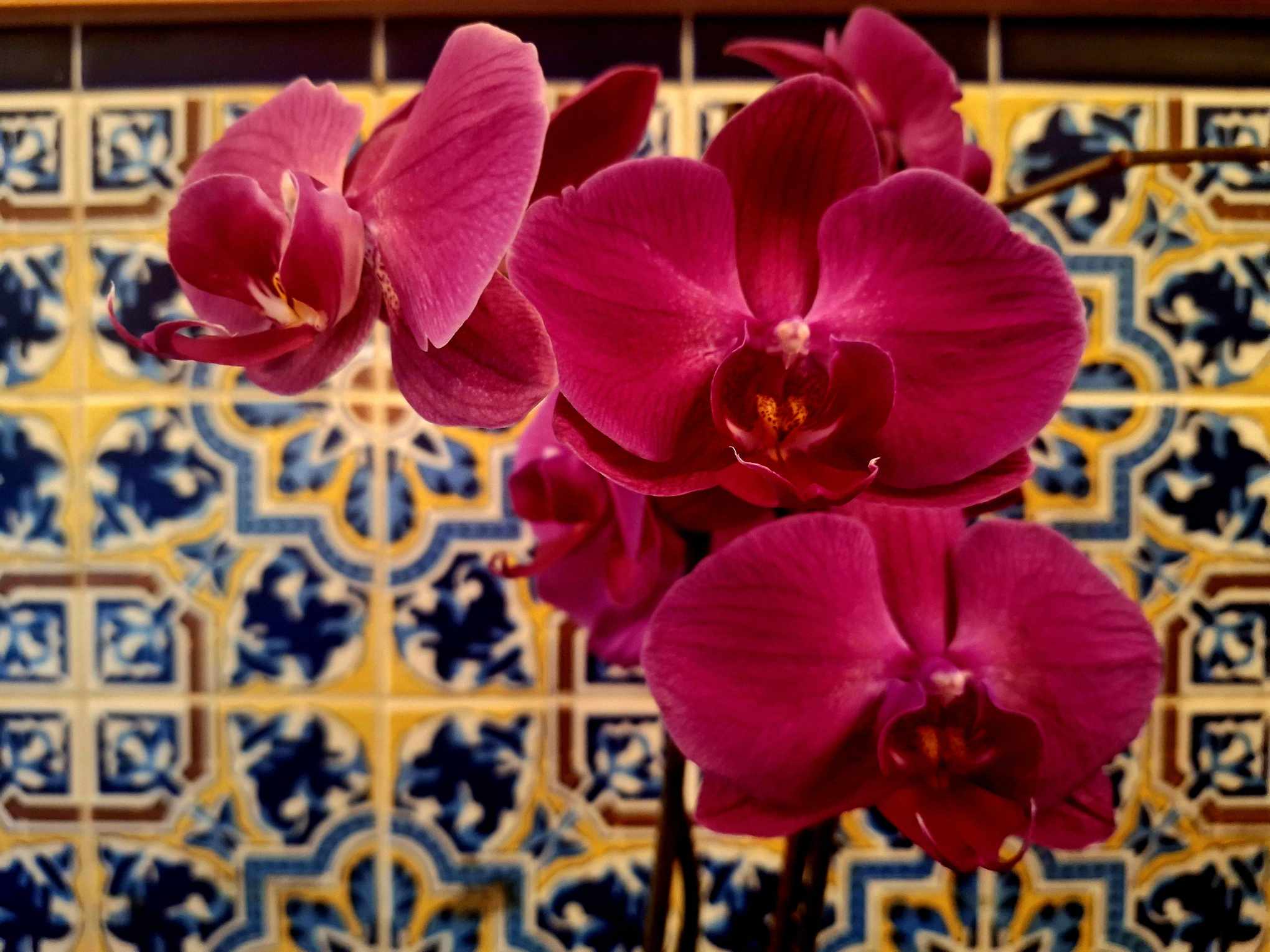
Get Your Free Phalaenopsis Orchid Care Guide Now!
Beginner Orchid Care Basics
Orchids are unique plants, and their care differs from traditional houseplants. Most orchids in cultivation today are epiphytes or lithophytes, meaning they grow on trees or rocks rather than in soil. This is why you’ll often see them referred to as "air plants."
When you bring home your first orchid, you’ll notice it’s not planted in soil. Instead, it’s likely growing in wood bark, sphagnum moss, or LECA (lightweight expanded clay aggregate mainly used in self watering systems). These materials provide the air circulation orchid roots need to thrive. Resist the urge to repot your orchid in soil—believe it or not this is a common beginner orchid care mistake!
Choosing the Right Pot and Potting Media
Selecting the right pot and potting mix is crucial for your orchid’s health. Orchids need pots that allow for excellent drainage and airflow. Clear plastic pots are a popular choice because they let you monitor root health without disturbing the plant. Many orchid growers use clear plastic pots for their plants and then nestle them inside larger decorative pots to enhance their beauty. For more tips on selecting the best pots, check out our guide on the best pots for orchids.
When it comes to potting media, here are the most common options:
- Wood Bark: Ideal for most orchids, providing excellent drainage and airflow.
- Sphagnum Moss: Retains moisture well, perfect for orchids that prefer slightly more humidity.
- LECA: Great for self-watering systems and beginners who want to avoid overwatering.
Repot your orchid every 1-2 years or when the potting medium breaks down. This ensures your plant has the fresh, airy environment it needs to thrive.
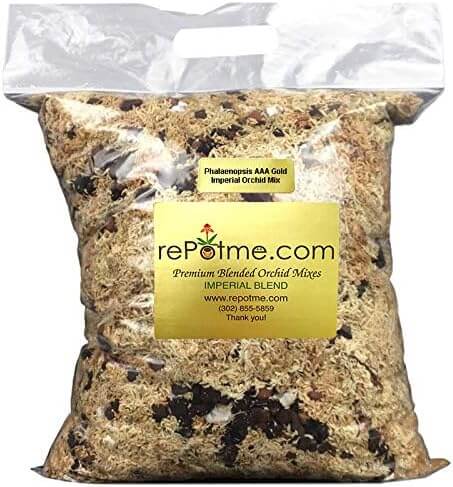
- rePotme Orchid Potting Mix
- Phalaenopsis AAA Gold Imperial Orchid Mix (Mini Bag) -
- Premier Orchid Potting Mix with Orchid Moss and Orchid Bark -
- Hand Blended in The USA
Beginner Orchid Care: Light Requirements
Light is one of the most important factors in beginner orchid care. Different orchids have varying light needs, but one rule applies to all: avoid direct hot sunlight, which can scorch their leaves. A guide to light requirements:
- Low to Bright Shade: Phalaenopsis, Miltoniopsis, Masdevallias, and some Paphiopedilums thrive in these conditions.
- Bright Indirect Light: Oncidiums, Brassias, Cattleyas, and Miltonias prefer this level of light.
- Very Bright Light: Vandas, Brassavolas, and some Cattleyas love bright light but still need protection from direct sun.
If your home doesn’t have the perfect lighting, consider supplementing with an LED grow light. They’re a great way to provide consistent light, especially during darker months. For more information read our article on how to supplement with artificial light.
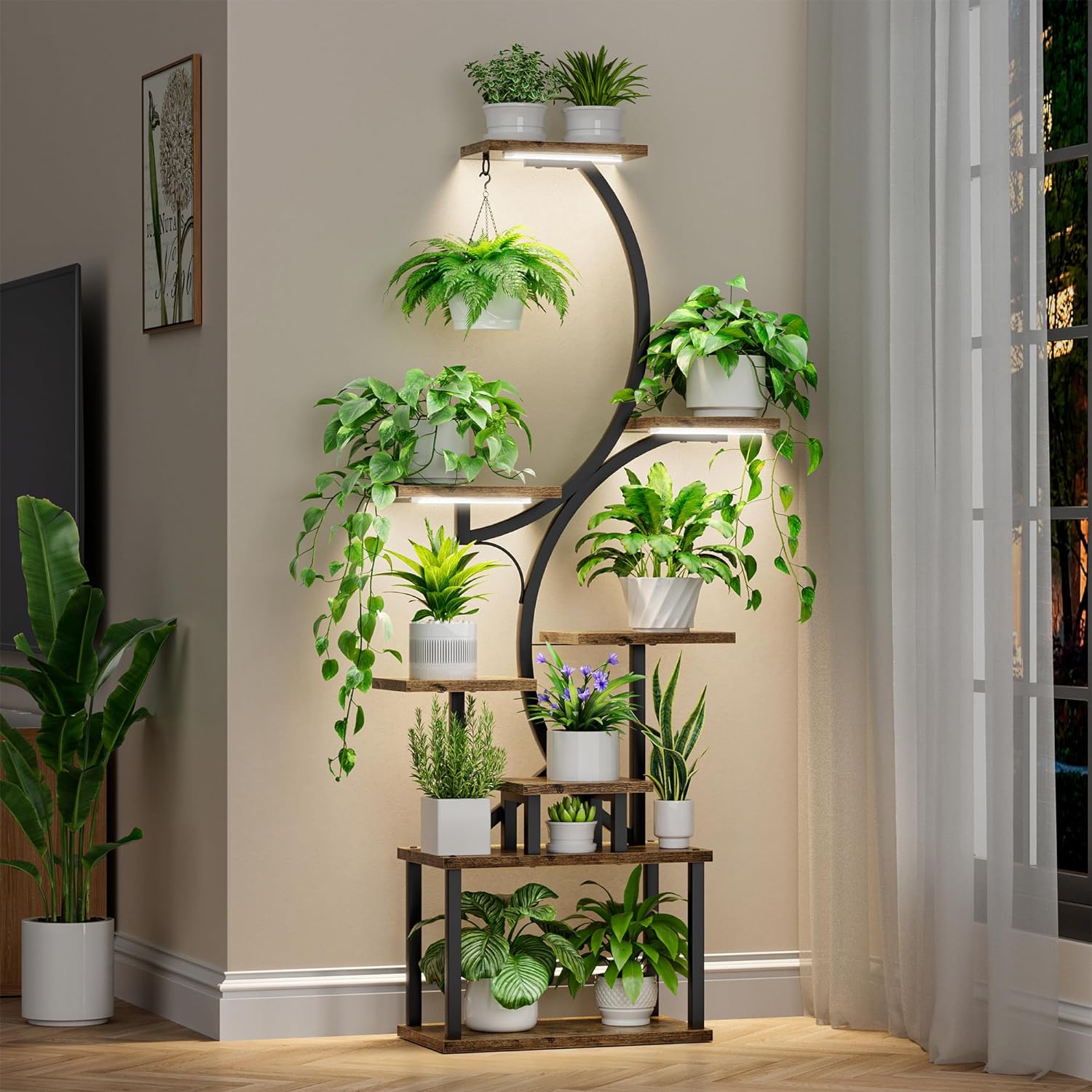
- 8-tier space-saving plant display
- Built-in grow light system
- 62" tall S-shaped design
- Sturdy metal construction
- Patented modern rack design
- Fits home or patio
- Accommodates multiple plants
Temperature and Humidity for Orchids
Orchids originate from tropical and semi-tropical regions, so they prefer warm temperatures between 70-85°F (20-30°C). However, many orchids, like Phalaenopsis, need a temperature drop at night to trigger blooming. Aim for nighttime temperatures between 55-62°F (13-17°C) to encourage flowering.
Humidity is another critical factor. Orchids thrive in environments with 40-70% humidity. If your home is dry, especially during winter, consider using a humidity tray or a room humidifier to create the ideal conditions. An indoor waterfall or tabletop waterfall can add both ambience and humidity which is beneficial to both you and your orchids
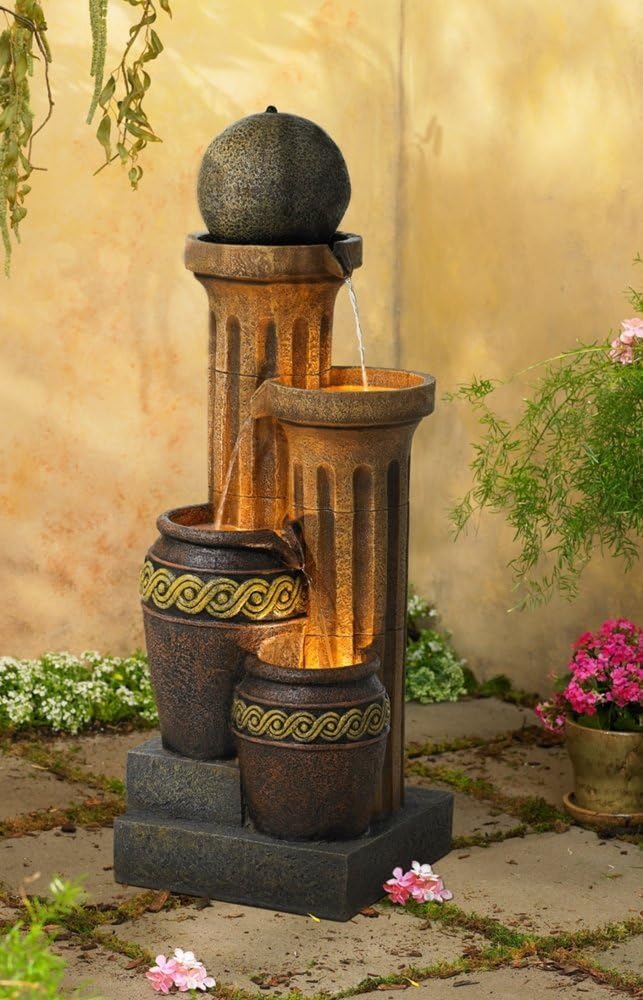
- 50" rustic fountain with LED lights and cascading water.
- Lightweight resin and stone construction, easy to move.
- Includes water pump, 3 LED bulbs, and 6-foot cord.
- Perfect for gardens, patios, balconies, or indoor spaces.
- Creates soothing ambiance with 4-tiered water flow design.
Beginner Orchid Care: Watering Tips
Watering is where many beginners struggle. Orchids are sensitive to both overwatering and underwatering. In their natural habitat, orchids experience distinct rainy and dry seasons, so they’re adapted to periods of drought and survive off of dew drops and humidity in the air. That's because orchid roots have a sensitive outer skin called a velamen that can absorb minute particles of moisture.
Here’s how to water your orchid like a pro:
- Use the Right Water: Tap water can be problematic due to its mineral content. Opt for rainwater, distilled water, or reverse osmosis water for the best results.
- Water Thoroughly but Infrequently: Let the potting medium dry out slightly between waterings. Overwatering can lead to root rot, the #1 killer of orchids.
- Monitor Humidity: If your home is dry, mist your orchid occasionally or use a humidity tray, to keep it happy.
The type of water you use is crucial for orchid care. Tap water’s hardness or softness can significantly impact your orchids, with hard water potentially causing nutrient uptake issues and root calcification. For best results, use rainwater, distilled water, or reverse osmosis/filtered water. This simple change can greatly improve your success with beginner orchid care. For more tips, explore our watering and fertilizing guides, and when you’re ready to advance, check out our Advanced Fertilizing Guide. For more information on watering tips, explore our watering guide.
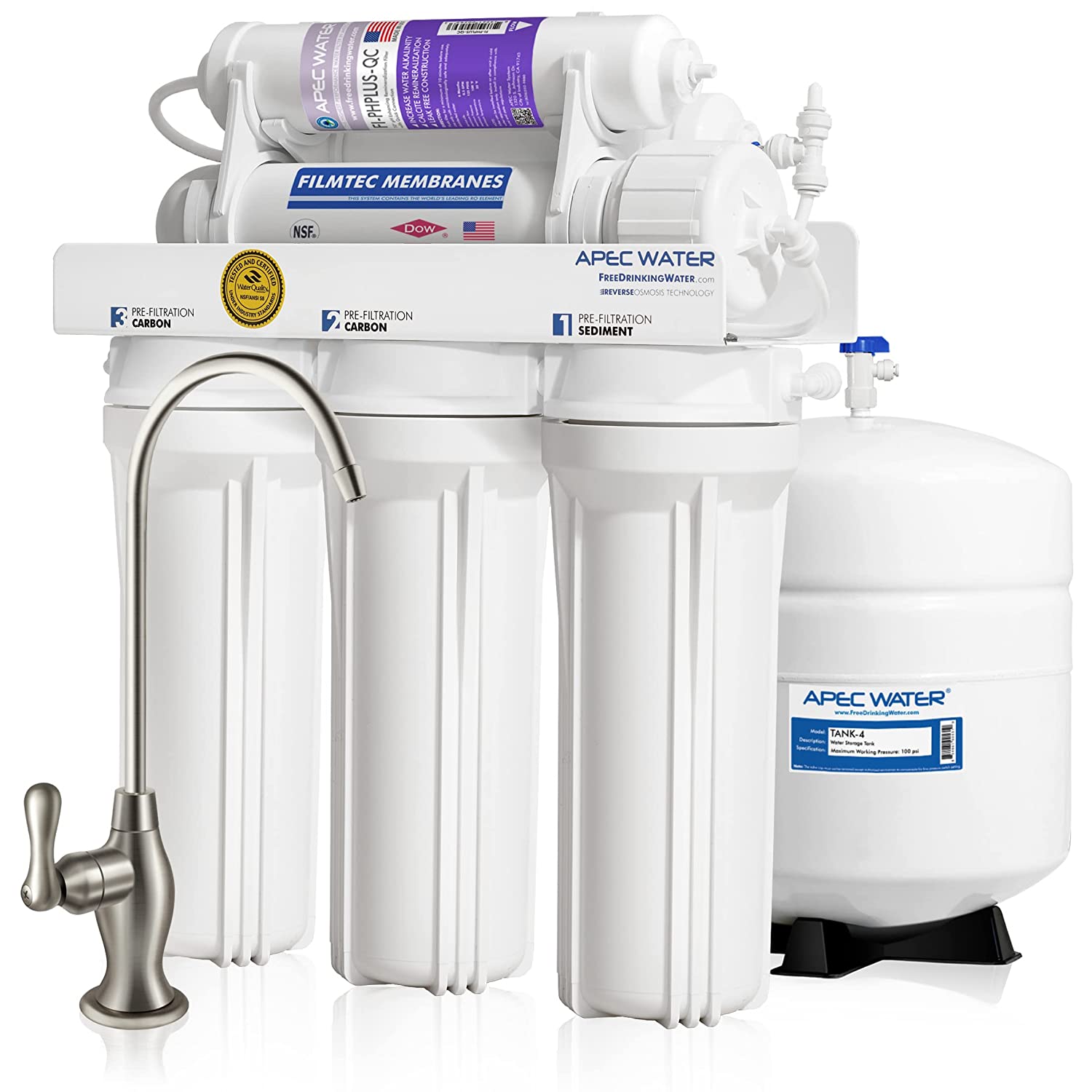
APEC Water Systems Top Tier Supreme Certified Alkaline Mineral pH+ High Flow 90 GPD 6-Stage Ultra Safe Reverse Osmosis Drinking Water Filter System (Ultimate RO-PH90)
Fertilizing Your Orchids
Fertilizing is essential for healthy growth and vibrant blooms. Here’s what you need to know:
- Choose the Right Fertilizer: Use a non-urea-based fertilizer specifically formulated for orchids. Urea-based fertilizers rely on soil bacteria to break them down, which orchids don’t have.
- NPK Ratios: A balanced 20-20-20 NPK ratio works well for most orchids. Look for a fertilizer that includes macro and micronutrients.
- Feed Weakly, Weekly: Instead of monthly feedings, we recommend weekly fertilizing at 1/4 strength. This provides a steady supply of nutrients without overwhelming your plant.
Urea based nitrogen needs soil bacteria to break it down to make it accessible to plants and since orchids are not grown in soil, this is why it is important to choose a non-urea based fertilizer. Otherwise, your orchids will be starved for nitrogen, and this will lead to all kinds of problems for your orchid. For advanced fertilizing techniques, check out our Advanced Fertilizing Guide which you can find in the link in previous paragraph or in our navigation links at the top of our page.
- Tailored for Orchids Specifically formulated by Michigan State University
- Pure Water Compatibility
- Balanced Nutrient Profile
- Urea-Free Formula
- Versatile and Easy to Use
Beginner Orchid Care: Common Mistakes to Avoid
- Overwatering: This is the most common mistake. Always let the potting medium dry out slightly between waterings.
- Using the Wrong Potting Medium: Soil is a no-go for orchids. Stick to bark, moss, or LECA.
- Ignoring Humidity: Orchids need humidity to thrive. Use a humidity tray or humidifier if necessary.
- Skipping Fertilizer: Regular feeding is key to healthy growth and blooming.
Enhance Your Orchid Growing Experience
Ready to take your orchid care to the next level? Here are some products we recommend:
- Perfect for ensuring proper airflow and drainage try these Orchid Pots with Drainage Holes.
- A balanced, non-urea-based formula for healthy growth this Orchid-Specific Fertilizer is a favorite of orchid growers.
- Keep your orchids happy in dry environments with a Humidifier.
- Grow Lights: Ideal for homes with limited natural light.

Your Orchid Care Journey Starts Here
Orchids may seem intimidating at first, but with the right knowledge, they’re incredibly rewarding to grow. By following these beginner orchid care tips, you’ll be well on your way to cultivating healthy, blooming orchids.
For more resources, sign up for our monthly newsletter featuring orchid care tips, exclusive photos, and special offers on orchid-related products. May your orchid care journey be as rewarding as it is beautiful!
We hope you found this information useful and if you like Heavenly Orchids, please join our mailing list for monthly updates.
